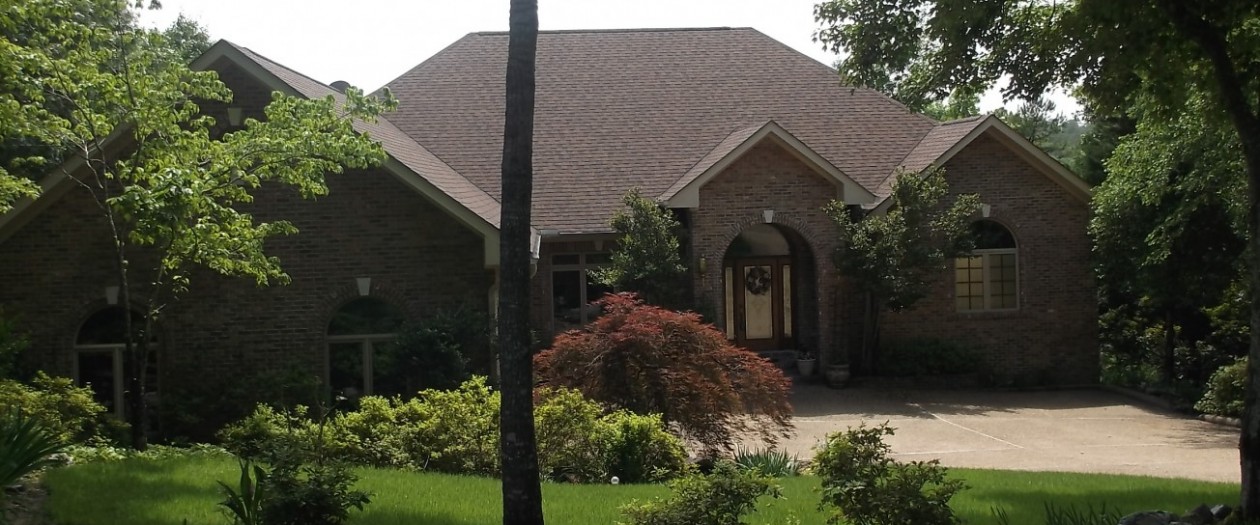The National Center for Healthy Housing NCHH is an organization dedicated to establishing healthy, energy efficient and safe homes for families of all income levels. The NCHH also provides educational programs, tools, and resources to help home owners to create and maintain healthy homes. Their website helps you identify and fix the health hazards in your home that could make you and your family sick.
A study conducted by the group examined 248 older homes in NY and Boston that underwent energy conservation improvements such as installing new insulation, new heat and air systems and improving ventilation. They wanted to see if installing newer systems would have a positive impact on the health of the occupants. After six months, the results showed that after the improvements were made subjects reported reduced sinusitis and other allergies by 20 %, hyper-tension by 14% and obesity by 11%.
The NCHH suggest the following seven principles for maintaining a healthy home. They are:
Dryness: Damp houses provide a nurturing environment for mites, roaches, rodents and molds, all of which are associated with asthma.
Clean: Clean homes help reduce pest infestations and exposure to contaminants.
Pest-Free: Recent studies show a causal relationship between exposure to mice and cockroaches and asthma episodes in children; yet inappropriate treatment for pest infestations can exacerbate health problems, since pesticide residues in homes pose risks for neurological damage and cancer.
Safe: The majority of injuries among children occur in the home. Falls are the most frequent cause of residential injuries to children, followed by injuries from objects in the home, burns, and poisonings.
Contaminant-Free: Chemical exposures include lead, radon, pesticides, volatile organic compounds, and environmental tobacco smoke. Exposures to asbestos particles, radon gas, carbon monoxide, and second-hand tobacco smoke are far higher indoors than outside.
Ventilated: Studies show that increasing the fresh air supply in a home improves respiratory health.
Maintained: Poorly-maintained homes are at risk for moisture and pest problems. Deteriorated lead-based paint in older housing is the primary cause of lead poisoning.
The NCHH conducts key research on aspects of childhood lead poisoning, lead hazard control, reducing exposure to allergens and other residential hazards. Results from these studies have been used to shape federal and state regulations relating to safer construction and residential housing.
If you or members of your family are suffering from allergies and you live in an older home, check out the website for tips on how to make your house a safe place for adults and children to play. Visit Healthy Home today!
Sources: http://nchh.org

